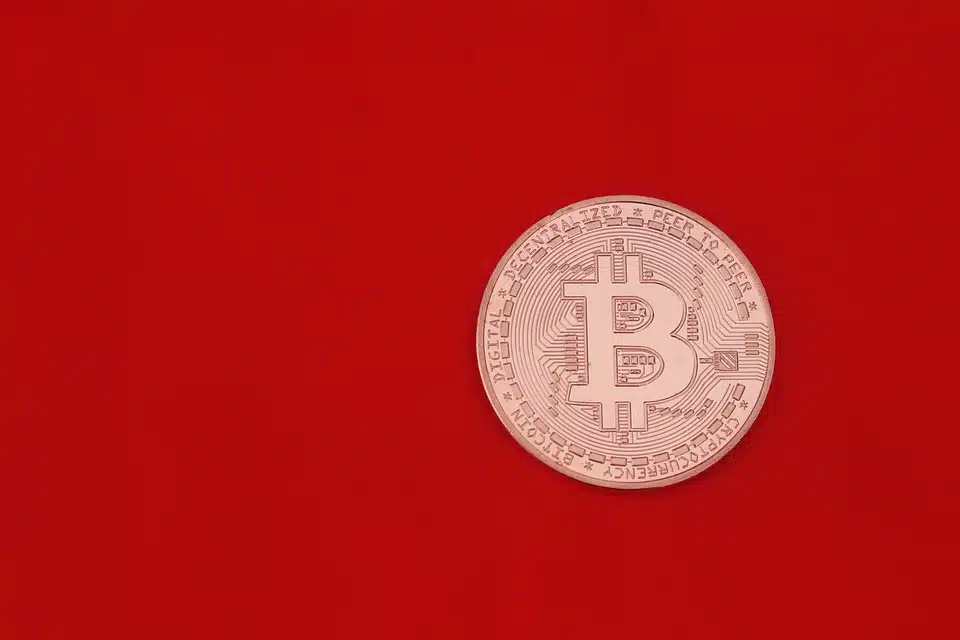According to blockchain analytics platform Santiment, Ethereum 2.0 stakers have seen the realized value of their investments taper off over the past 10 weeks, and long-term stakers are now down an average of 31%. A chart shared on Twitter by Santiment shows that the realized value for ETH 2.0 stakers has flattened. Furthermore, the data hints that ETH 2.0 is undervalued as the average returns for ETH 2.0 stakers have lowered.
At press time, the leading altcoin’s price is down 1.21% over the last 24 hours according to CoinMarketCap. This 24-hour drop in price has added to ETH’s negative weekly performance, which currently stands at -5.73%. As a result, ETH is trading at $1,555.95 at press time.
ETH’s price is trading below the critical $1,570 price level after it was rejected by the level earlier in today’s trading session. Technical indicators on ETH’s daily chart are still bearish with the 9-day EMA positioned below the 20-day EMA. In addition, the shorter EMA line breaks away below the longer EMA line at press time.
Accompanying the bearish technical flag present between the 9-day and 20-day EMA is the daily RSI indicator. The daily RSI line is trading below the RSI SMA line. The daily RSI is currently closer to oversold territory. However, the slope of the daily RSI line has leveled off somewhat over the last 24 hours, which suggests that ETH’s price will consolidate at this level for the next 24 hours.
It is worth pointing out that the cryptocurrency market has experienced a significant decline in recent weeks. According to CoinMarketCap, on May 12, the market capitalization of the entire cryptocurrency market was $2.54 trillion. However, as of May 23, that number had fallen to $1.57 trillion. This represents a 38% decline in just over a week. The decline has affected bitcoin’s price as well, which is currently trading at $35,090.61, down 3.54% over the last 24 hours.
Despite the recent decline in the cryptocurrency market, the long-term prospects for Ethereum remain strong. Ethereum’s upcoming network upgrade, ETH 2.0, promises to improve the scalability, security, and efficiency of the network. The upgrade is set to be rolled out in multiple phases, with the first phase having launched in December 2020. While the upgrade has been going smoothly, it is still early days, and the network has yet to see the full benefits of the upgrade.
One of the primary goals of ETH 2.0 is to replace Ethereum’s current consensus mechanism, proof-of-work (PoW), with proof-of-stake (PoS). PoS is a more energy-efficient and environmentally friendly consensus mechanism that allows users to earn rewards for staking their tokens. By staking their tokens, users essentially help to secure the network and validate transactions. Under PoS, the more tokens a user stakes, the more influence they have over the network.
Another benefit of ETH 2.0 is that it will introduce sharding, which will improve the network’s scalability. Sharding is a technique where the blockchain is split into smaller chains, or shards, each of which can process transactions independently. This helps to increase the network’s throughput, allowing it to handle more transactions per second.
ETH 2.0 also promises to make the network more secure by introducing a slashing mechanism. Under this mechanism, validators who behave maliciously or violate network rules will have their staked tokens slashed, effectively penalizing them for their actions. The slashing mechanism helps to ensure that the network’s validators act in the best interest of the network and are incentivized to maintain its security and reliability.
In conclusion, while the short-term outlook for Ethereum may be uncertain given recent market trends, the long-term prospects for the network remain strong. Ethereum 2.0 promises to bring significant improvements to the network, including improved scalability, security, and efficiency. As the network continues to grow and develop, it will likely become an increasingly important player in the cryptocurrency space. As always, investors should conduct their own research and due diligence before making any investment decisions.


